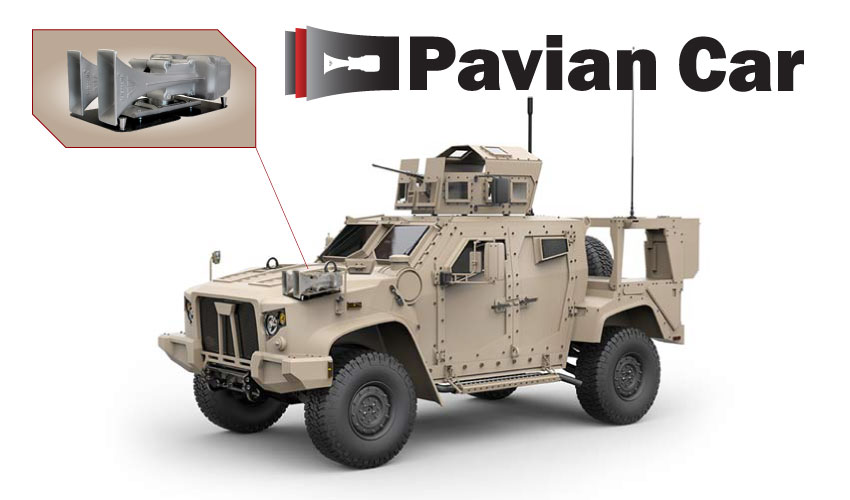
Electronic Sirens as Part of Military Drills
Every professional military needs top training; therefore, practice drills are a vital part of it. In recent years, under the influence of supranational organisations, cooperation between individual armies has taken on a new significance and increased the importance and frequency of military exercises. For illustration, NATO planned 102 military exercises for 2019, while the number still did not include national and international practice drills.
Military exercises are large-scale operations, often with thousands to tens of thousands of soldiers. In 2021, one of the largest military exercises in decades, Defender Europe, will be held in Europe, with 28,000 total troops from 27 nations taking part. In addition to a vast area for practice, extensive exercises require appropriate equipment and organisational technologies. Electronic sirens are frequently used in the military, and obviously, most frequently on field-training exercises.
How can the military use sirens?
Military exercises take many forms and focus on various capabilities and professional skills, including decision-making in critical situations, responding to, and eliminating cyber-attacks, biological and chemical attacks, and other threats. From evacuation to medical assistance, the army must be prepared to take on and handle many tasks. Due to the great emphasis that the military places on the organisation and scope of exercises, electronic sirens can find many applications such as:
- Notification of the beginning/end of the exercise
- Information about changing conditions or new events/commands during the exercise
- Copying the warning signs of the civil defence system
- Real-time alerts, including live voice communications via microphone
Besides, as military exercises, especially in Europe, are often joint drills of several national armies, sirens can be used as a means of communication overcoming all language barriers. Sending an agreed audio signal is more efficient than using other means of communication.
Reliable warning systems anywhere
As the above brief overview of their potential applications suggests, there are three main reasons why electronic warning systems are a helpful part of military exercises. These are mobility, variability, and reliability.
- Mobility – Exercises are not always held at fenced military facilities where sound messages can be delivered by stationary sirens. For vast and remote areas, the army uses mobile electronic sirens. Models such as Pavian Car can be easily magnetically attached to almost any vehicle. These sirens with a power output of 150 W and 300 W can be controlled wirelessly and backed up for power supply.
- Variability – Modern electronic sirens are incredibly variable, and one system can be used for different types of military drill. Not only can they serve as warning signalisation devices during soldier training, but also in rescue operations; for example, a mobile siren used to evacuate the population. Alternatively, the military can use electronic sirens to deliver pre-recorded commands and instructions.
- Reliability – Telegrafia’s electronic sirens are robust and durable devices that withstand harsh weather conditions (e.g. the Pavian car’s acoustic components, even the temperatures from -40 to +85 °C). All stationary and mobile sirens can be quickly, remotely, and silently tested. Their utilisation, service and routine maintenance are perfectly straightforward.
The contents of military exercises are decided by the army; however, the Telegrafia company has installed multiple alarm systems worldwide and can prove how valuable tools sirens are in coordination and practice. Also, as long as similar sirens are used in civil defence operations, an internal military warning system can be interconnected with the public one.

The article was written by
Zuzana Janočková
Zuzana works at Telegrafia at the marketing department. Her main responsibility is to keep an eye on Google Ads and Facebook. Online marketing is changing all the time, giving her the chance to expand her knowledge constantly and put it into real practice. After work, she relaxes best by going to the gym and watching good films.

